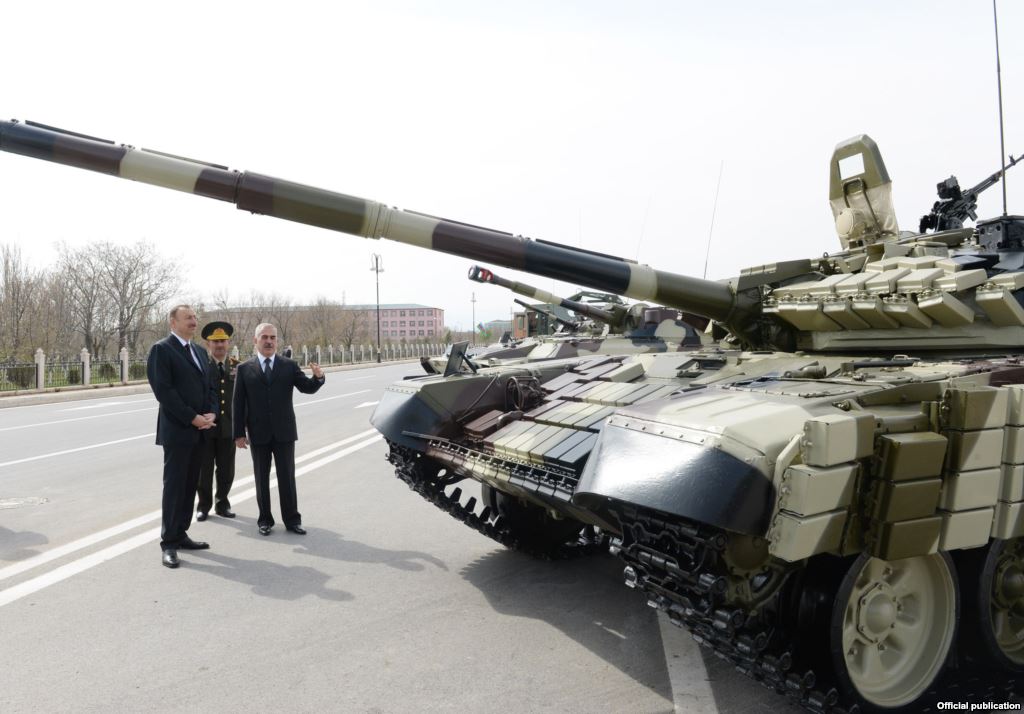Report by Janet Rose
On Wednesday 27 January, LSE screened 100 Years Later, a new documentary on the 100th anniversary of the Armenian Genocide. This film, filmed and produced by journalist John Lubbock, follows the work of historian Ara Sarafian, as he engages with civil society groups in the Kurdish region of Turkey.
Sarafian is a founding member of the Gomidas Institute which was established in the 1990s to document the Armenian Genocide. Since then, he has become an activist seeking to deal with the problem of reconciliation and find ways to bridge the impasse in the debate on Genocide recognition. Over the past few years, he began to work with people living near the places where the killings took place to help Turkish society come to terms with the reality of the genocide.
John Lubbock was working as a journalist in Istanbul in early 2015 and contacted Sarafian after reading a New Yorker article about his work with pro-Kurdish civil society organisations. Sarafian invited Lubbock to join a large group of people he had invited with him to Eastern Turkey from April 18-25. The group included academics and students from Turkey, Europe and North America, journalists and many diaspora Armenians who were keen to visit the lands their ancestors had once lived in.
The trip included meetings with the mayors of Bitlis and Mutki, a conference in Bitlis on the Armenian Genocide with the veteran Turkish human right’s activist Ismail Besikci as one of the speakers, and an exhibition in Bitlis dedicated to Armenians and organised by local Kurds, and visits to many churches and monasteries. Some of this Armenian heritage has started to be repaired, such as Surp Giragos in Diyarbekir. Sarafian hopes that by highlighting the Armenian cultural legacy of Anatolia that more of it can be saved from destruction.
With the thaw in hostilities between the Turkish government and Kurdish PKK between 2013-15, the possibilities for working in Eastern Turkey opened up. Even though fighting has resumed since the middle of 2015, Sarafian believes that it is becoming more possible to work in Kurdish areas, where the memory of the 1915 massacres are still keenly felt by the local population. One local man interviewed in the documentary stated bluntly ‘In the morning, the government ordered us to kill them. In the evening, we shared their money, houses, land.’
The willingness of local Kurds to recognise and reconcile with Armenian people is a factor which Sarafian believes will become even more important in generating a dialogue inside Turkey which will eventually lead to its recognition of the genocide. “We are the children of two aggrieved nations”, says one man in the film, which highlights that Kurdish people are still victims of the repressive ethnic violence of the Turkish state.


The film included a pilgrimage to a cavern at Chungush, where 10,000 Armenians were thrown to their deaths in 1915, as well as the massacre site near Batman where over 600 leading Armenians and others were killed on the order of the governor of Diyarbakir, Reshid Bey. In an interesting twist, the group also visited the gravesite of a leader of the Reshkota Kurds who refused to carry out orders to kill Armenians in 1915.
The journey culminated on the 24th of April in Diyarbekir with a memorial at an Assyrian church where Sarafian rang the church bells 100 times, something that was not permitted at Armenian churches on the orders of the Orthodox patriarch in Istanbul. The Assyrian population of Anatolia was also killed and driven out of Anatolia in 1915 and a number of Assyrian people also joined the group on its trip.
Following the memorial, there was a procession to the derelict Armenian church of St Sarkis where the pro-Kurdish HDP party leader Selahattin Demirtas addressed a large crowd about the memory of 1915 and creating reconciliation between Turkey’s ethnic groups.
100 Years Later shows both the possibilities and challenges of Sarafian’s innovative approach to intercultural dialogue. The 100th anniversary of the genocide has come and gone with no closer prospects of top-down dialogue and reconciliation between Turkey and Armenia, and so Sarafian and others are not waiting for Ankara to see the light and apologise. Sarafian hopes that by showing there are other possibilities for dialogue that others will be encouraged to get involved in the process of reconciliation.
100 Years Later will be screened at Abril Bookstore in Glendale, California on 19 Feb. 2016. For more details please see http://www.abrilbooks.com/news/100-years-later-us-film-premiere/









